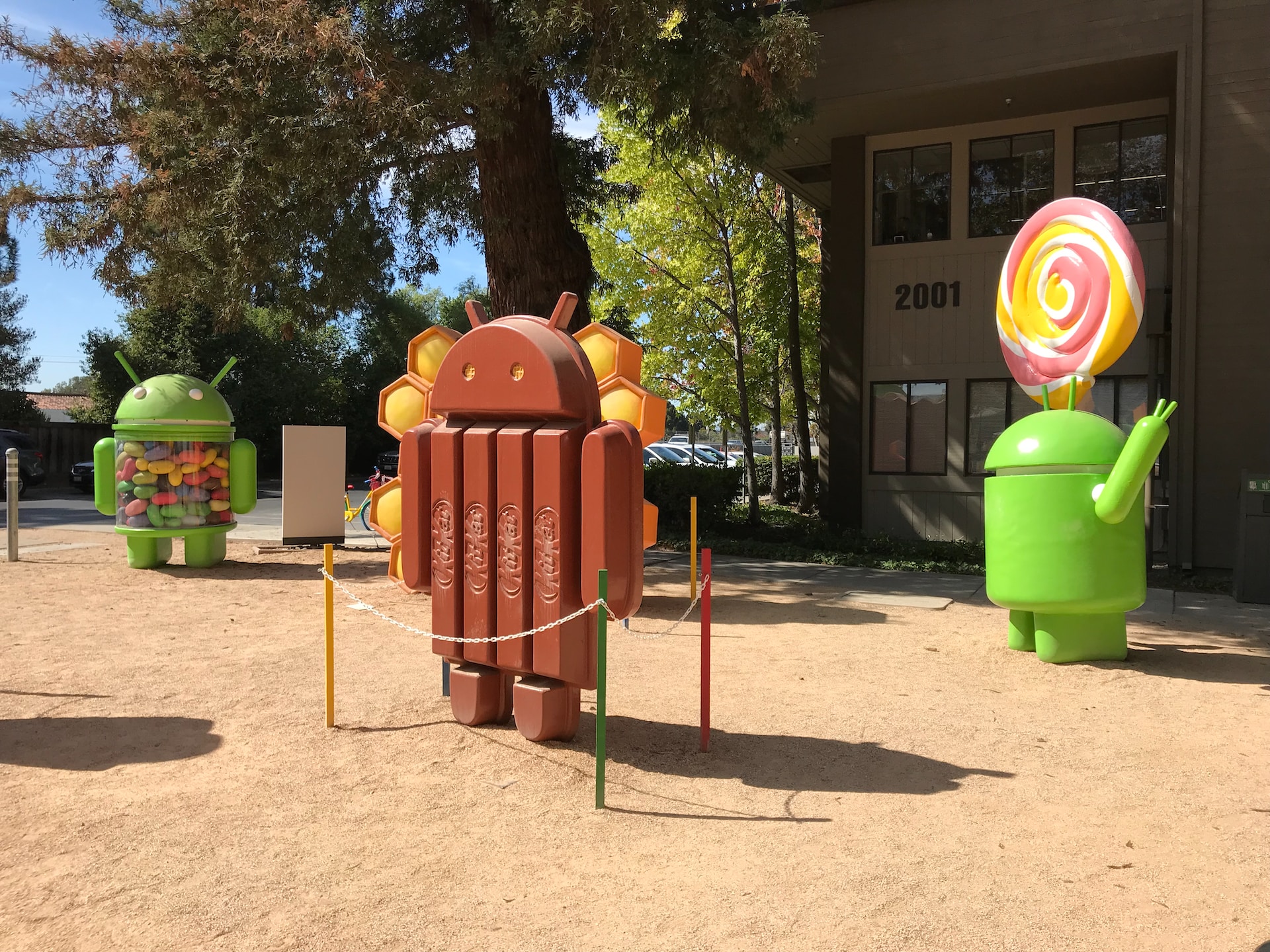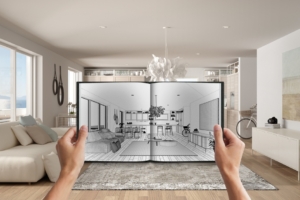Building Powerful OpenGL Apps for Android: Key Considerations for Success

Embark on an exciting journey of creating visually stunning Android apps with OpenGL! Dive into the world of graphics rendering, shaders, and textures as you build immersive experiences.
Discover the key factors to consider for seamless integration and optimal performance across various devices. Get ready to unleash the full potential of OpenGL in your Android app development!
When building an OpenGL-powered Android app, there are several factors you need to consider. Here are some key points to keep in mind:
- Understanding OpenGL: Familiarize yourself with the OpenGL ES (Embedded Systems) API, which is specifically designed for mobile and embedded devices. Understand the basics of graphics rendering, shaders, buffers, and textures.
- Hardware Compatibility: Different Android devices have varying levels of OpenGL ES support. Check the OpenGL ES version and capabilities of the target devices to ensure your app functions properly across a range of devices.
- OpenGL Context: Create an OpenGL context within your Android app. This context is responsible for managing the OpenGL rendering and resources. Be aware of the Android activity lifecycle and manage the OpenGL context accordingly.
- Rendering Pipeline: Understand the OpenGL rendering pipeline, which consists of vertex processing, primitive assembly, rasterization, and fragment processing. Optimize your rendering pipeline to achieve smooth and efficient graphics performance.
- Shader Programming: Learn OpenGL shading language (GLSL) to write shaders for vertex and fragment processing. Use shaders effectively to achieve desired visual effects and apply transformations to vertices and pixels.
- Texture Mapping: Incorporate texture mapping to apply images or textures onto 3D objects. Understand how to load textures, UV mapping, and apply filtering techniques for better visual quality.
- Performance Optimization: Ensure efficient rendering performance by minimizing redundant operations, reducing unnecessary state changes, and employing techniques like frustum culling and level-of-detail rendering.
- Input Handling: Implement appropriate touch, gesture, or controller input mechanisms to interact with the OpenGL graphics in your app.
- Testing and Device Variability: Test your app on various Android devices to ensure compatibility and performance. Account for different screen sizes, resolutions, aspect ratios, and orientation changes.
- Memory Management: Efficiently manage OpenGL resources such as buffers, textures, and shaders to avoid memory leaks and unnecessary memory consumption.
- Error Handling: Properly handle OpenGL errors and implement appropriate error checking mechanisms to debug and diagnose issues during development.
- Cross-Platform Considerations: If you plan to develop your app for multiple platforms, consider using a cross-platform framework like Unity or Unreal Engine, which provide built-in support for OpenGL and handle platform-specific optimizations.
Remember to consult official OpenGL and Android documentation, along with relevant online resources and tutorials, to gain a deeper understanding of OpenGL development for Android.
In conclusion, building OpenGL-powered Android apps opens up a world of possibilities for creating captivating visual experiences. So, dive into the realm of OpenGL, explore its capabilities, and create extraordinary apps that leave a lasting impact on your users. Get ready to push the boundaries of Android app development with the power of OpenGL!





